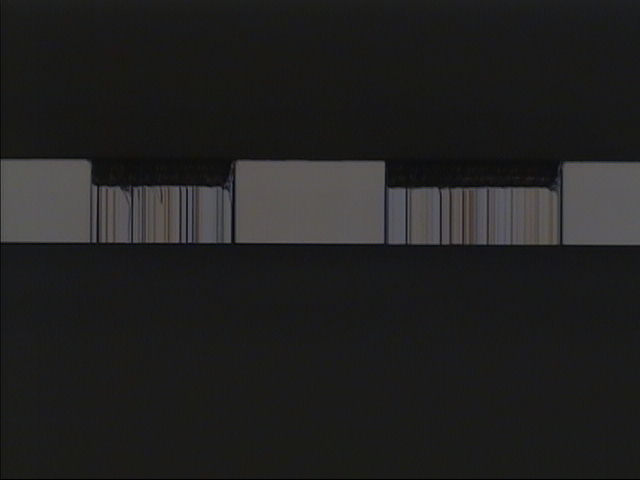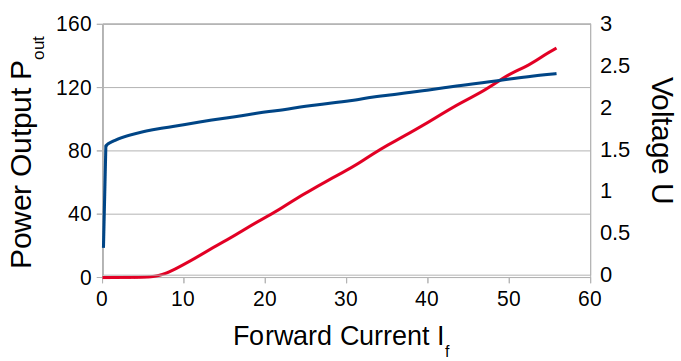CATEGORIES
ESD And Facet Damage
Avoid ESD Damage
The weakest link of an edge emitting laser is the facet. While within the active region the material is transparent to laser light, the facet does absorb part of the light. The size of the emitting region being in the µm range, the optical power density that is reached at the facet quickly reach values of 1kW/mm² or more. The temperature at the emission point at the facet quickly rises up to a level that effectively melts the facet away. This can happen almost instantaneously and therefore laser diodes are oversensitive to even very fast overshoot events such as electrostatic discharge (ESD) or electrical transients. Even events with little energy content can damage the laser if the peak value exceeds the specified maximum current.

The laser facets bear very high radiation density and even a small absorption of it can heat them up to the melting point.
True Current source
To avoid shooting laser diodes, the number one requirement is a laser driver that is a true current source and has an independent limit of the drive current. ESD and AC-line transient protection are also necessary. Voltage controlled drivers are for laser diodes not ideal, since the laser diode is inherently a current device and voltage sources try to keep the voltage stable and produce potentially dangerous current variations. Besides, there is a certain spread of the operating voltage from laser diode to laser diode, even if they are from the same production batch.
It is also recommended to keep the contacts shorted when the laser is not being operated. This provides some safety against ESD damage. The laser driver also needs a mechanism that prevents overshooting when turning the laser on or when operating the laser in pulses. This is specially challenging when the currents are high but the pulsing times are very short.

The laser diode voltage varies very little over a wide range of operating currents. It is unwise to operate a laser diode with a voltage source.
Do you like what you see?
We value your feedback, so let us know what you think!
Let us also know which topics you would like to see expanded.
Just give us a call, send us an e-mail or use the form to contact us.
